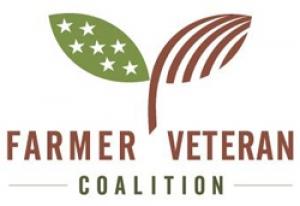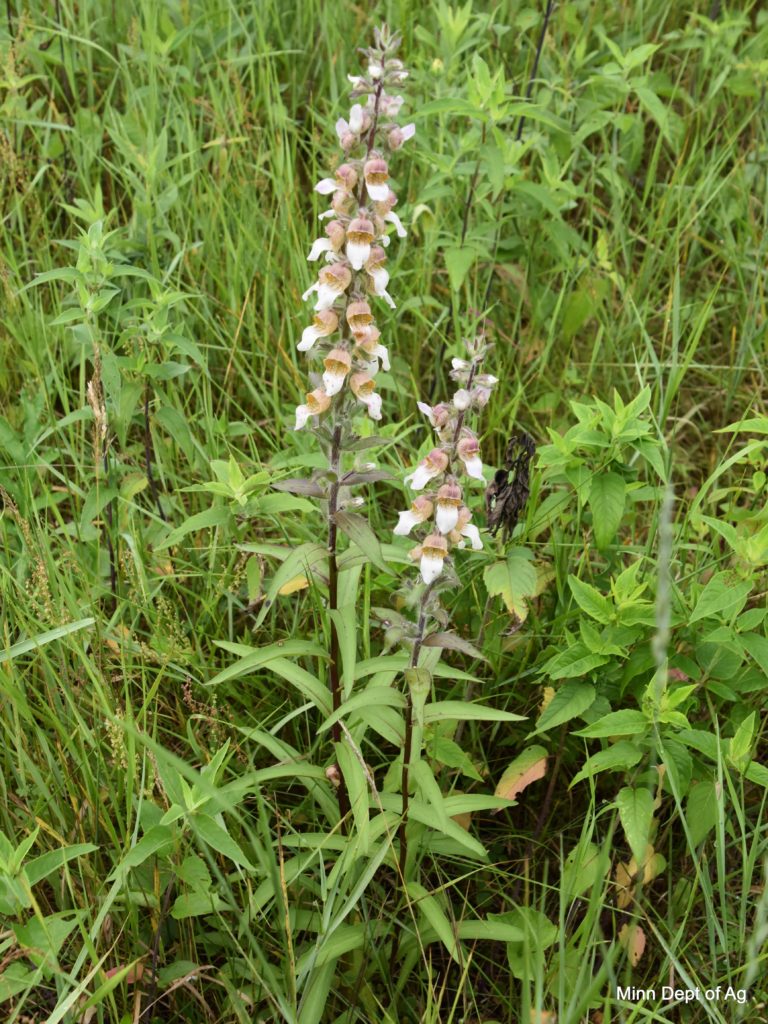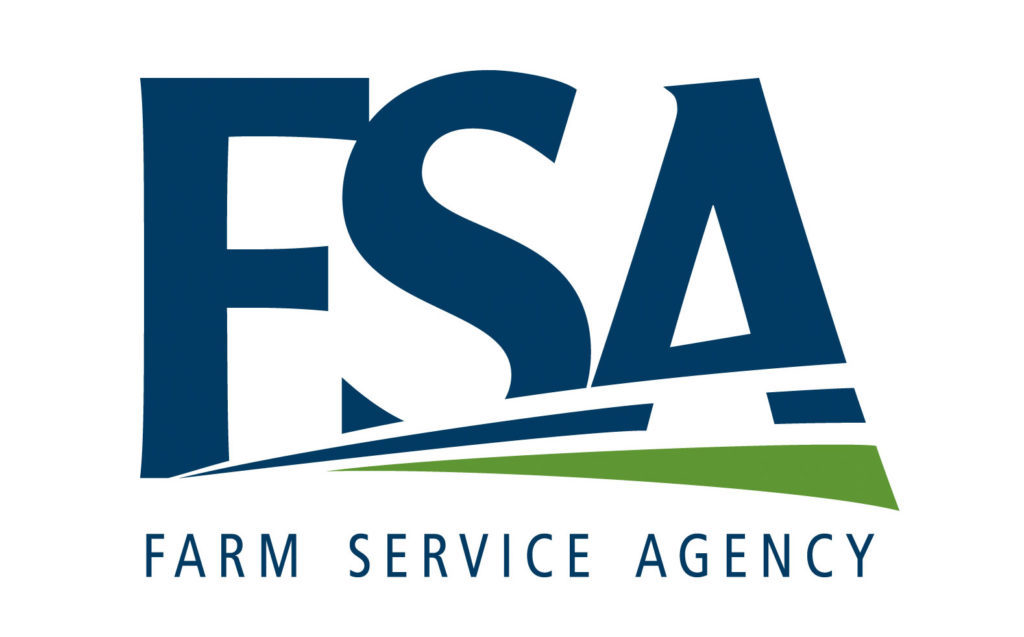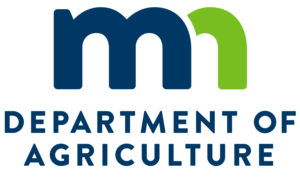
The Farmer Veteran Coalition is making a difference in the lives of veterans across the country. American veterans can sometimes find themselves looking for a direction in life after leaving the service. Veterans looking into the possibility of a career in agriculture for a potential post-military career have an ally. Paul Marshall is a Veteran Service Provider for the Farmer Veteran Coalition. He talks about the mission of his organization.
Studies have shown that a career in animal agriculture can help veterans in many ways. Working in the country is especially helpful for vets fighting off the effects of Post-Traumatic Stress Disorder.
Marshall says the Veterans Administration Hospital is catching on to the fact that being in the country is good therapy. One service the Coalition provides is helping match farmers looking for help with veterans interested in agriculture.
The organization describes itself as an organization that sets out to cultivate a new generation of farmers and food leaders. They want to develop viable employment opportunities that turn into meaningful, lifelong careers.
The FMC website says.”We believe that veterans possess the unique skills and character needed to strengthen rural communities and create sustainable food systems. We believe that agriculture offers purpose, opportunity, and physical and psychological benefits.”
The roots of the organization go back to 2006. The first meeting to discuss pairing returning veterans with farmers looking for help took place in California. The movement expanded steadily from there. As recently as 2015, the number of veterans the organizations was working with totaled 4,500. The organization is now an independent 501c3. The group intends to keep paring returning veterans and farmers who need help for a long time to come.
For more information on the Farmer Veteran Coalition, check out www.farmvetco.org.









